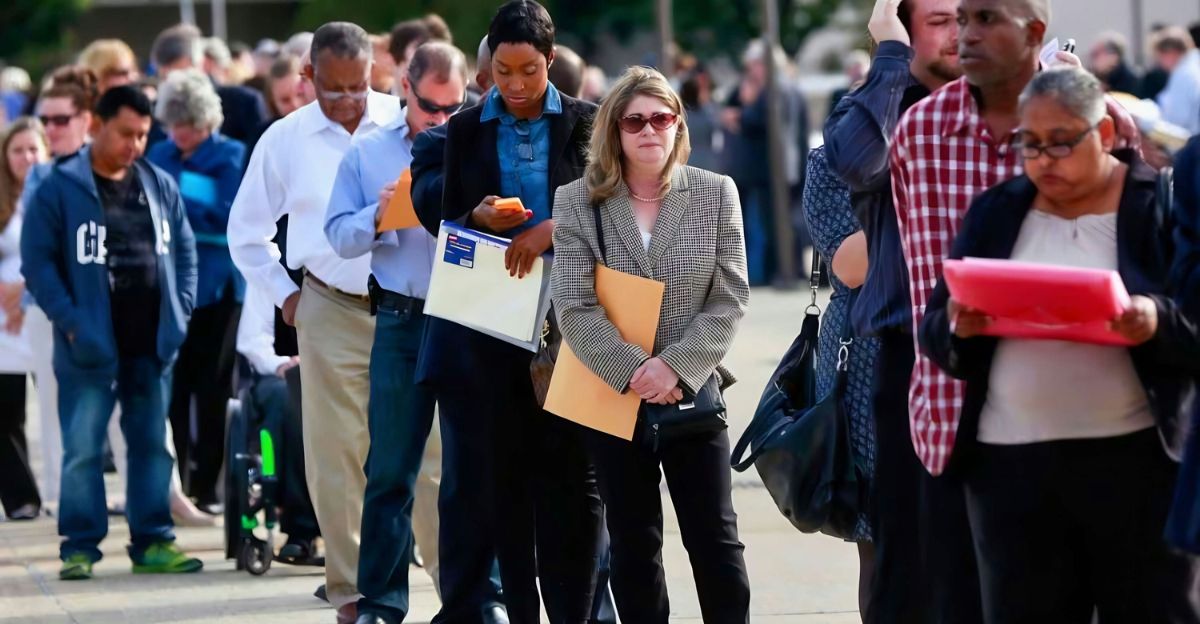
California, long celebrated as an economic powerhouse, is facing mounting challenges after several major factory closures sent shockwaves through its communities and industries.
The abrupt shutdown of three major plants has resulted in hundreds of job losses almost overnight, exposing vulnerabilities that go beyond isolated incidents and point to systemic threats for the state’s economy.
These closures highlight the urgent need for California to address underlying economic pressures and support affected workers. Without swift action, the ripple effects could deepen, impacting local businesses and social services across the state. The path forward will require bold strategies to rebuild and foster new growth opportunities.
The Forces Behind the Shutdown

Three major plants have shut down: Amy’s Kitchen in San Jose, Anheuser-Busch’s Oakland warehouse, and Frito-Lay’s Rancho Cucamonga facility.
And these closures are not simply a matter of bad luck. Even established companies are now finding themselves on the brink of survival due to the increased operational costs of running their business, persistent inflation, and ongoing supply chain disruptions.
For example, Amy’s Kitchen’s San Jose plant was losing $1 million each month due to inflation, labor shortage, and supply chain issues, factors that have become insurmountable for many manufacturers.
Similarly, Anheuser-Busch’s Oakland warehouse changed hands, but the transition left 142 workers with no guarantee of future employment, highlighting the precariousness faced by even the most recognizable brands.
Broader Economic Headwinds

The economic climate in California has become increasingly hostile to manufacturing. High costs of living, especially in the Bay Area, have made it hard for workers to afford to stay, while companies face rising costs and a labor market still unsettled after the pandemic.
Supply chain bottlenecks and inflationary pressures continue to erode profit margins, and companies are being forced to make tough decisions about their future in the state.
Impact Beyond the Factory Gates
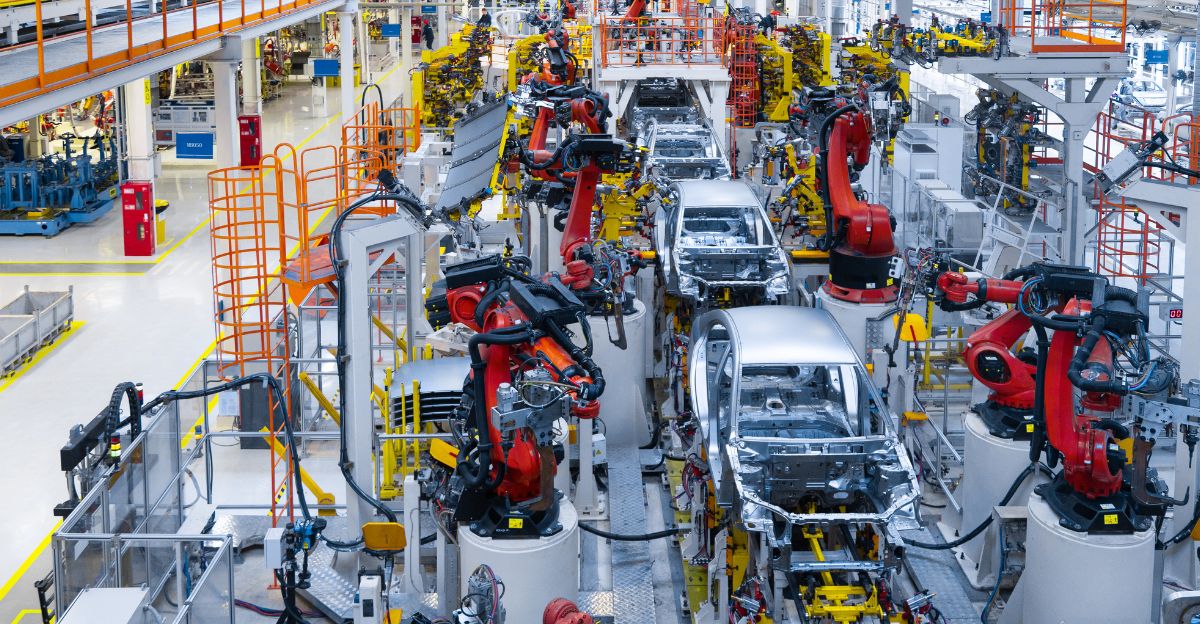
When a factory closes, the effects ripple outward. Local suppliers lose contracts, regional supply chains are disrupted, and neighborhood businesses see fewer customers.
Local governments also face shrinking tax revenues, affecting everything from sales and manufacturing taxes to income tax collections.
For example, Toyota’s NUMMI plant closure in Fremont in 2010 resulted in a $2.3 billion economic hit and the loss of 25,000 support jobs.
Strain on Social Services
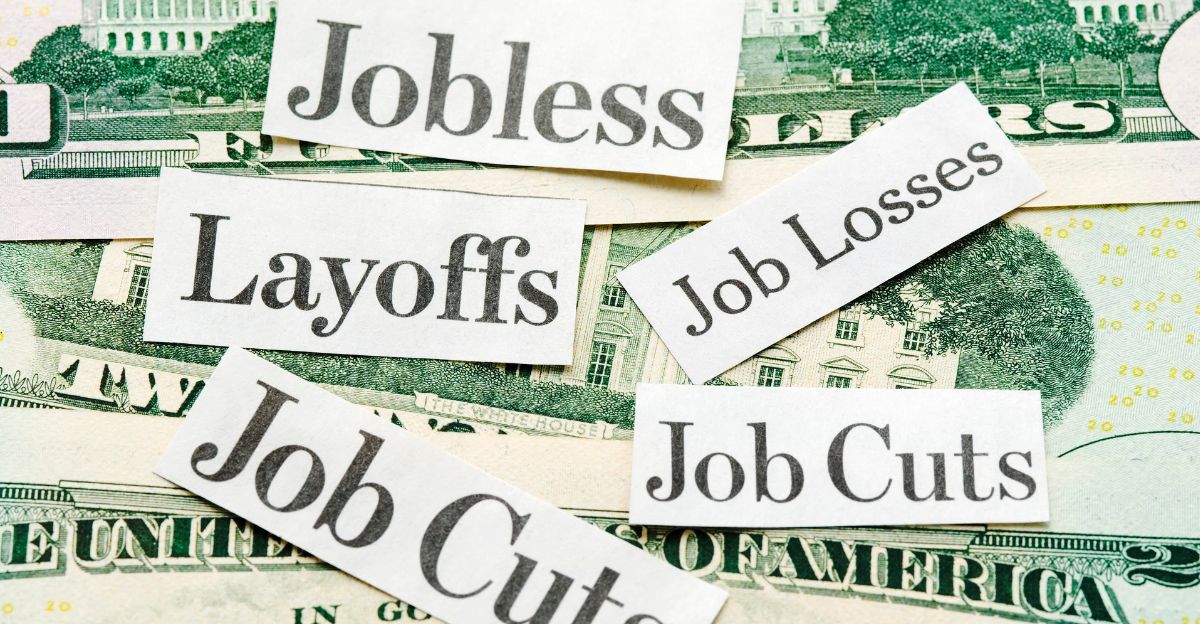
Job losses mean less income tax and less money for essential public services. As unemployment rises, demand for social services, such as schools and health clinics, grows, even as their budgets shrink.
The real estate market, which was already struggling with high prices, may experience higher vacancy rates and price declines in impacted areas.
The Role of Remote Work and Structural Changes
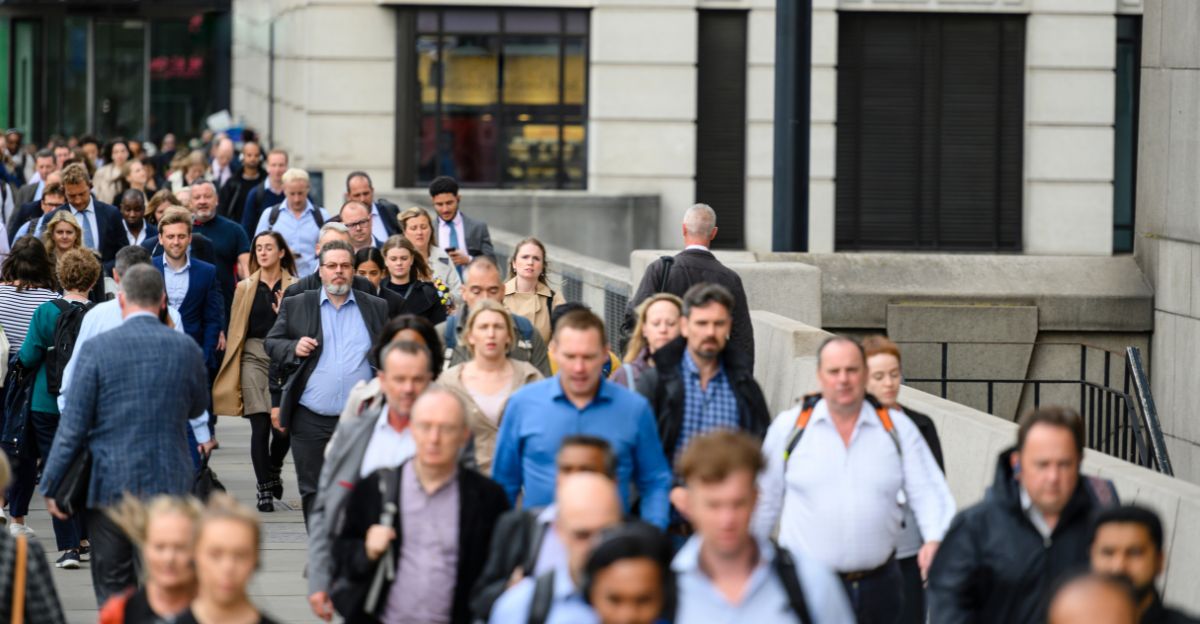
The rise of remote and hybrid work has further complicated the landscape. While some industries have adjusted, blue-collar and manufacturing workers cannot do their jobs from home, deepening the economic divide between white-collar and blue-collar workers.
In San Francisco, office building occupancy rates decreased to 38.1%, further draining urban job centers and making it harder for displaced workers to find new opportunities.
Is California on the Brink of a Major Economic Downturn?

If factory closures continue to accelerate, California could experience a major economic downturn comparable to the 2020 recession, when nearly 78% of Bay Area workers were furloughed or laid off within a month.
Entire neighborhoods risk becoming deserted, with closed businesses and less public safety, turning them into “zombie” zones.
At the same time, the state’s tech and creative sectors may increasingly retreat into remote enclaves, widening economic and social disparities.
The Myth of a Quick Rebound

History indicates that large-scale job losses are not often quickly reversed. In the pandemic of 2020, California lost 3.1 million jobs in one month, and many of those positions never returned, particularly in blue-collar and service industries.
With automation and offshoring accelerating due to plant closures, many of today’s lost jobs might be lost permanently.
Seeds of Reinvention

Amid all these hardships, some see opportunity in crisis. California is slowly transitioning to growth industries such as clean energy, artificial intelligence, and healthcare.
There is a rising demand for jobs like data analysts, solar technicians, and telehealth workers, offering hope for those able to retain and transition.
However, the period for adaptation is short, and not all of the displaced workers will be able to make the transition.
What’s at Stake for California’s Future?
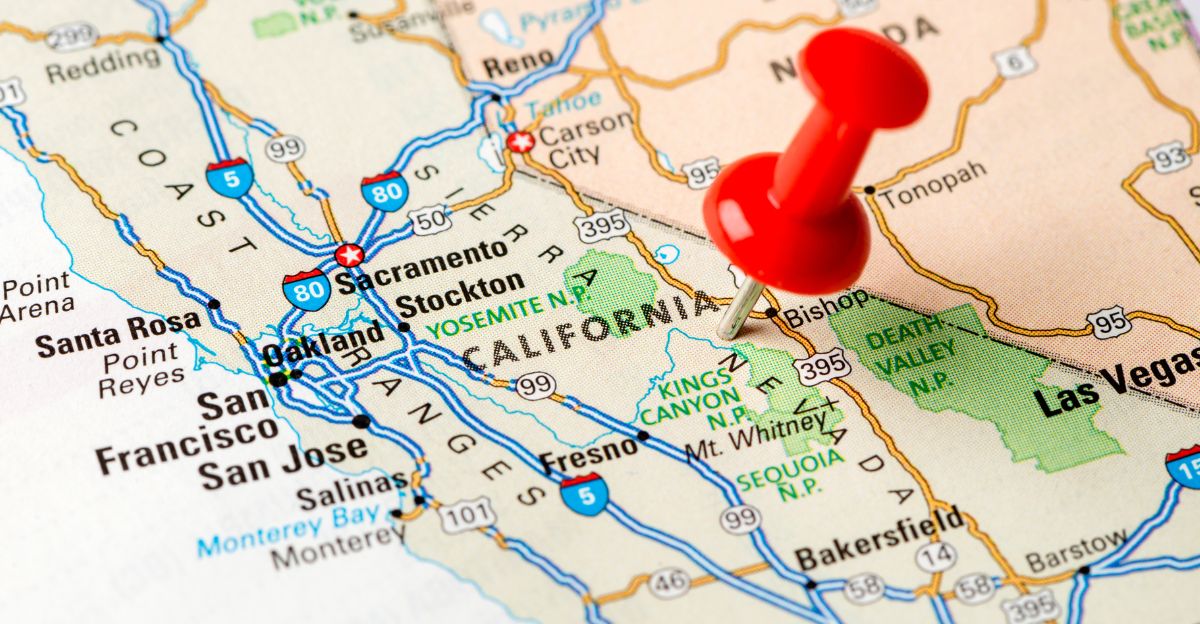
If the trend of factory closures continues, California could face a scenario reminiscent of Detroit after the auto industry’s decline: soaring unemployment, hollowed-out neighborhoods, and deepening social divides.
The loss of manufacturing jobs is not just a local crisis; it is a wake-up call for the state’s overall economic well-being.
The next several years will test California’s capability for reinvention, supporting its workers and creating new industries. The stakes are high, and the outcome will shape the state’s economic and social landscape for years to come.
Discover more trending stories and Follow us to keep inspiration flowing to your feed!

Craving more home and lifestyle inspiration? Hit Follow to keep the creativity flowing, and let us know your thoughts in the comments below!
